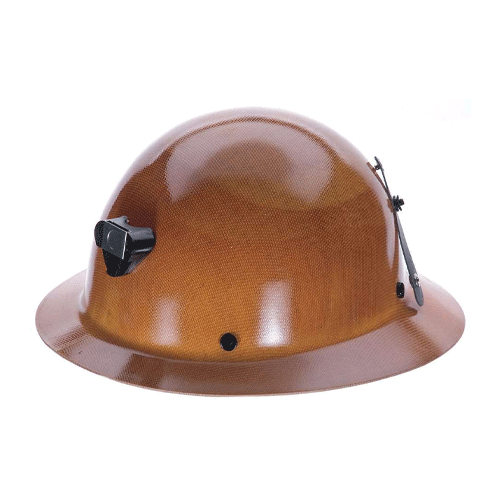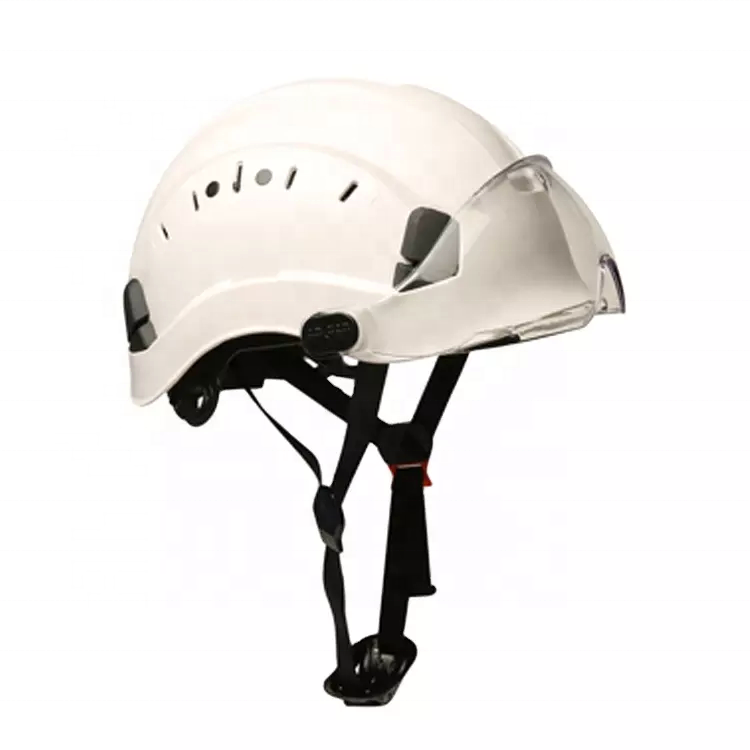Email :
person0317@163.com
veebr. . 04, 2025 02:47
Back to list
woodworking safety helmet
Safety helmets stand as a crucial line of defense against head injuries in various professional and recreational settings. It’s imperative to choose the right type of helmet tailored to specific risks and environments to ensure maximum protection. Here's a detailed exploration of different types of safety helmets, focusing on their unique features, applications, and the significance of selecting the right helmet for the job.
Motorcycle Helmets Motorcycle helmets are a legal requirement in many jurisdictions owing to their proven effectiveness in preventing head injuries. These helmets provide comprehensive coverage with a hard outer shell, an energy-absorbing liner, padding for comfort, and a secure chin strap. Styles range from open-face helmets to full-face helmets, the latter offering full protection which is particularly beneficial for high-speed or long-distance rides. When selecting a motorcycle helmet, look for key safety certifications like DOT, ECE, or Snell. Firefighting Helmets Firefighting helmets must withstand extreme conditions, including high heat, falling objects, and potential electrical hazards. These helmets typically feature a visor for face protection, a neck cover, and reflective surfaces for visibility in smoky environments. Material construction often involves a heat-resistant outer shell and impact-absorbing inner layers. EN 443 and NFPA 1971 standards are critical markers of quality and safety for firefighting helmets, ensuring their resilience and protective capabilities in life-threatening situations. Sports Helmets In a wide array of sports like football, hockey, and skiing, helmets are essential for player safety, often mandatory, and specialized for specific sports. They are tailored to protect against impacts commonly encountered in each sport. Key features often include a lightweight design for mobility, adequate padding to absorb shocks, and proper ventilation for comfort. For sports helmets, safety certifications such as ISO or CE can provide assurance of the product’s capability to safeguard players during intense activities. The choice of a safety helmet should never be a trivial decision. Each type of helmet offers unique protective features tailored to specific needs, environments, and potential hazards. Verifying compliance with relevant safety standards and periodic reviews and maintenance are crucial for ensuring that the helmet remains a reliable form of protection. By thoroughly understanding the purpose and design of various helmets, users can make informed choices that enhance their safety and well-being in both professional settings and recreational pursuits.


Motorcycle Helmets Motorcycle helmets are a legal requirement in many jurisdictions owing to their proven effectiveness in preventing head injuries. These helmets provide comprehensive coverage with a hard outer shell, an energy-absorbing liner, padding for comfort, and a secure chin strap. Styles range from open-face helmets to full-face helmets, the latter offering full protection which is particularly beneficial for high-speed or long-distance rides. When selecting a motorcycle helmet, look for key safety certifications like DOT, ECE, or Snell. Firefighting Helmets Firefighting helmets must withstand extreme conditions, including high heat, falling objects, and potential electrical hazards. These helmets typically feature a visor for face protection, a neck cover, and reflective surfaces for visibility in smoky environments. Material construction often involves a heat-resistant outer shell and impact-absorbing inner layers. EN 443 and NFPA 1971 standards are critical markers of quality and safety for firefighting helmets, ensuring their resilience and protective capabilities in life-threatening situations. Sports Helmets In a wide array of sports like football, hockey, and skiing, helmets are essential for player safety, often mandatory, and specialized for specific sports. They are tailored to protect against impacts commonly encountered in each sport. Key features often include a lightweight design for mobility, adequate padding to absorb shocks, and proper ventilation for comfort. For sports helmets, safety certifications such as ISO or CE can provide assurance of the product’s capability to safeguard players during intense activities. The choice of a safety helmet should never be a trivial decision. Each type of helmet offers unique protective features tailored to specific needs, environments, and potential hazards. Verifying compliance with relevant safety standards and periodic reviews and maintenance are crucial for ensuring that the helmet remains a reliable form of protection. By thoroughly understanding the purpose and design of various helmets, users can make informed choices that enhance their safety and well-being in both professional settings and recreational pursuits.
Latest news
-
Top Safety Clothing with AI-Driven Protection
NewsAug.02,2025
-
Top HDPE Safety Helmets - Lightweight, Durable Head Protection
NewsAug.01,2025
-
Top AI Safety Clothing with GPT-4 Turbo | Smart Protection
NewsJul.31,2025
-
Face Shield Safety Helmet with GPT-4 Turbo AI Safety
NewsJul.31,2025
-
CE Working Clothing for Construction & Welding Safety
NewsJul.30,2025
-
Premium Safety Helmet with Visor for Construction & Industrial Use
NewsJul.29,2025
